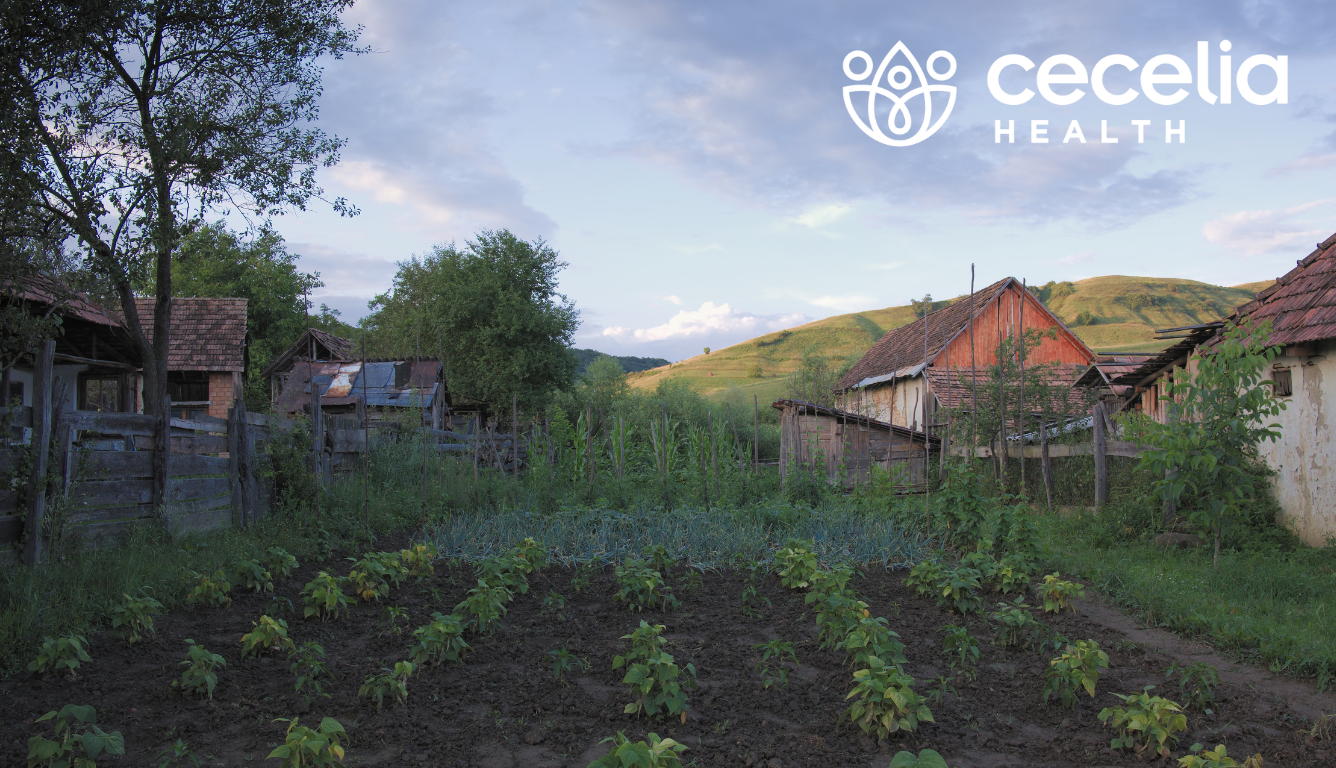Warmer weather is here, and it is a great time to test out your green thumb! If you are new to gardening, planting summer vegetables can be a wonderful way to get started with a small garden plot or a few patio containers. Many vegetables are easy to grow and can be a fun activity to do while providing some nutrient packed produce for your meals.
Once temperatures are above 50 degrees at night and frosty days are behind us, you can start planning your garden. To begin with, you will need to pick a location that gets a good amount of sunlight, as many fruiting plants that flourish in summer months need 8 hours of sunlight per day. Pick an area that does not get a lot of shade, as too much shade can prevent your plants from growing. A sunny spot on your porch or patio would be a great place to start a small garden. Next, you will want to consider the water supply. Most plants need 1” of water per week which, if you have plants in containers, consider watering them every day. When it rains your plants will get plenty of water but remember to check on them daily and provide them with additional water as needed. Lastly, you want to provide your plants with rich, well-drained soil. Good garden soil crumbles easily in your hand, is rich and dark with organic material, and free of rocks, weeds, grass, and tree roots. While some yards have great soil, most gardeners give the soil a boost by adding organic additives, such as compost, manure, or packaged soil conditioner which can be added to the existing soil.
Depending on your space, you will need to determine the layout of your garden. Most people will start with garden beds, either flat or raised or potted planters. Grouping plants in planter beds is a great way to incorporate a vegetable garden into a traditional yard. Having a raised bed makes plants easier to reach and may make the upkeep easier for those who may have some mobility issues and have a challenging time bending down or squatting to reach the plants. Potted planters are a great option also. Vegetables, including tomatoes, cucumbers, beans, peppers, and squash do great in containers. Containers are easy to move around if you need to adjust them for sunlight and they can be started or moved indoors if temperatures drop. However, containers often do require more water as they can dry out quicker, but you can easily grab a watering can and provide water to keep them hydrated!
Start with these easy to grow summer plants:
Tomatoes: These are one of the most popular summer veggies grown. There are many varieties from small grape tomatoes to larger beef tomatoes. Choose a spot that receives full sun and plant in rich soil with supplemental fertilizer. Make sure the nighttime temperature is at least 55 degrees before planting. As the plant grows, provide caging, or staking to support the growing fruit.
Peppers: These also have many different varieties, from mild bell peppers to hot jalapenos. Peppers take a little longer to grow and need nighttime temperatures to be 60 degrees. It may be best to start them indoors or buy nursery starter plants. Once the temperature is up, they flourish in the sun and need rich, fertilized soil and caging or staking to support the growing plant.
Cucumbers: These vine growing plants love to climb up trellis and prefer temperatures of 60-70 degrees so they can be planted a little later into the summer. Cucumbers do well in rich soil. Adding mulch to warm and hold in moisture helps the plant grow. Plenty of water is required and frequent harvesting to prevent cucumbers from turning yellow as a yellow cucumber will be bitter.
Beans: From green beans to lima or flava beans, there are many bean varieties that are grown by directly sowing seeds which are scattering them where they have a chance to germinate. They prefer warmer weather above 60 degrees. Remember to water beans frequently especially when they are flowering.
Eggplants: These are perfect for a summer vegetable garden because they love the heat. They require plenty of water and nutrients and benefit from regular feeding or compost application. Do not plant too early as they will not grow in cool temperatures; seeds germinate best at 85 degrees. Harvest fruits when they are young for the best flavor.
Summer Squash: These include crooked- or straight-neck, scalloped, and zucchini varieties. A few plants are all that is needed as they can produce plenty of produce. They like it warm and prefer heat and temperatures of 70 degrees. Unlike winter squash, these varieties are harvested while small and tender, and the blossoms are edible as well. The bushy plants do well in containers if supplied with plenty of water. When watering, try to avoid wetting the foliage.
All these vegetables can thrive in your garden during warm summer days but plan to pick your produce early or late in the day when temperatures are lower. Produce picked during cooler hours will stay crisper, fresher, and more flavorful than vegetables harvested during the heat of the day.
